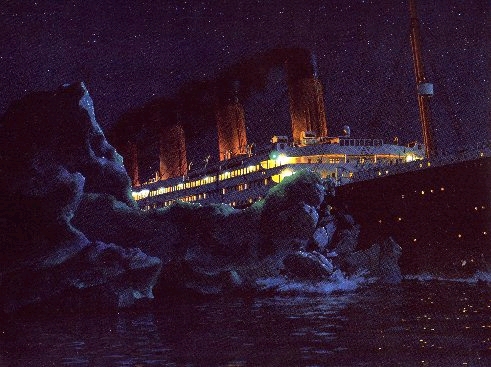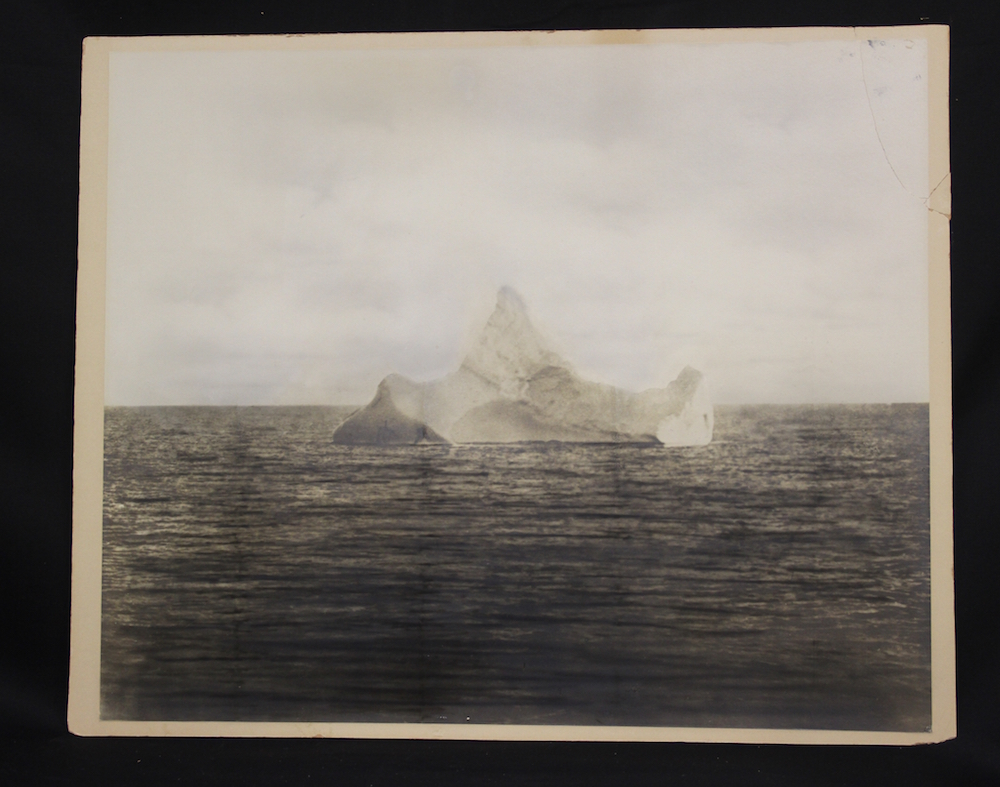

Spontaneous coal-fires have a well-documented history, but the photographs confirm for the first time what eyewitnesses had already suggested: that the blaze was raging in the belly of the ship even before she cast off. The theory of a coal fire aboard the Titanic, prior to its sinking, isn’t new. Molony brought the photographs to the engineers at the Imperial College of London where, upon analysis, they determined that the mark was mostly likely caused by a fire in one of the ship’s coal bunkers, a fire that began in Belfast and was still raging when the ship set sail from Southampton.

One of the recovered Wiltshire photographs. Taken by the Titanic’s engineering chief only days before the ship left its yard in Belfast, the photos reveal a dark, 30-foot-long mark on the hull’s front, starboard side, very near where it would later collide with the iceberg. Photographs discovered in an attic in Wiltshire in southern England form the basis of the theory. In his new documentary, “Titanic: The New Evidence,” Molony argues that while the collision with the iceberg undoubtedly played a role in sending the Titanic and more than 1,500 of her passengers to the bottom of the ocean, it was a smoldering coal fire, burning for days before the ship even set sail, that turned what would’ve otherwise been a survivable collision into a fatal one. Thanks in no small part to the film, it’s this account of how things went down that fateful night in the North Atlantic that’s stuck in the popular imagination.īut according to new evidence brought to light by journalist and Titanic historian Senan Molony, it also might be wrong - or, at least, it may not be the whole story.

It’s man versus nature, plain and simple. New photographs suggest an alternate theory.Īsk anyone on the street why the Titanic sank and you’ll get the same answer: “It hit an iceberg.”Īs explanations for catastrophes go, this one is concise and straightforward.


 0 kommentar(er)
0 kommentar(er)
